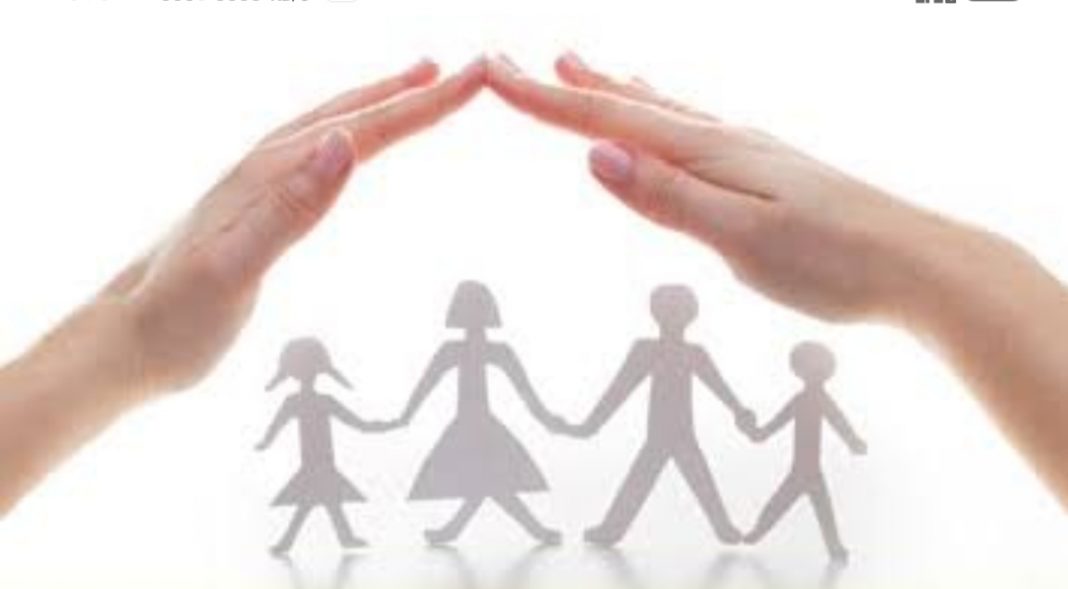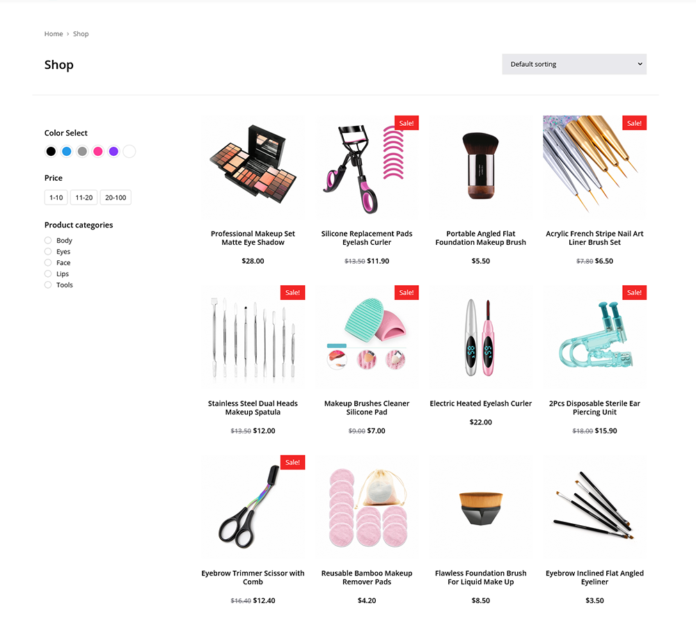Some of the child protection risks below are observed in the current COVID-19 pandemic and some are potential risks observed in previous infectious disease outbreaks.
According to UNIEF reports, it has indicated that during two weeks of the lockdown in April, the number of calls of children in distress had increased by 50 per cent. Restrictions in movement and closure of preschools and schools due to lockdown has put immediate pressure on parents for their children’s survival, care and learning. This added stress can lead to potential violence against children.
Physical and emotional maltreatment:
Risk
● Reduced supervision and neglect of children
● Increase in child abuse and domestic/interpersonal violence
● Poisoning and other danger and risks of
injuries to children
● Pressure on or lack of access to child
protection services.
Causes of Risk
● Childcare/school closures, continued work requirements for caregivers, illness,
quarantine/isolation of caregivers
● Increased psychosocial distress among caregivers and community members
● Availability and misuse of toxic disinfectants and alcohol
● Increased obstacles to reporting incidents
Gender-based violence (GBV):
Risk
● Increased risk of sexual exploitation of
children, including sex for assistance,
commercial sexual exploitation of children
and forced early marriage
● Pressure on or lack of access to child
protection/GBV services.
Cause of Risk
● Reduced family protection of children
● Reduced household income and/or reliance on outsiders to transport goods and services to the community
● Girls’ gender-imposed household responsibilities such as caring for family members or doing chores
● Increased obstacles to reporting incidents and seeking medical treatment or other supports
Mental health and psychosocial distress:
Risk
● Distress of children due to the death, illness, or separation of a loved one or fear of disease
● Worsening of pre-existing mental health
conditions
● Pressure on or lack of access to MHPSS
services
Causes of Risk
● Increased stress levels due to isolation in
treatment units or home-based quarantine
● Children and parents/caregivers with pre-existing mental health conditions may not be able to access usual supports or treatments
● Quarantine measures can create fear and panic in the community, especially in children, if they do not understand what is happening
Child labour:
Risk
● Increased engagement of children in
hazardous or exploitative labour
Causes of Risk
● Loss or reduction in household income
● Opportunity or expectation to work due to school closure
Unaccompanied and separated children:
Risk
● Separation
● Becoming unaccompanied or child head of household
● Being placed in institutions
Causes of Risk
● Loss of parents/caregivers due to disease
● Isolation/quarantine of caregiver(s) apart from child(ren)
● Children sent away by parents to stay with other family in non-affected areas
Social exclusion:
Risk
● Social stigmatisation of infected individuals
or individuals/groups suspected to be
infected
● Increased risk/limited support for children
living/working on the street and other
children already at risk
● Increased risk/limited support to children in conflict with the law, including those in
detention
Causes of Risk
● Social and racial discrimination of
individuals/groups suspected to be infected
● Disproportionate impact on more disadvantaged and marginalized groups
● Closure/inaccessibility of basic services for vulnerable children and/or families
● Disruption to birth registration processes due to quarantine
Image source: Google








